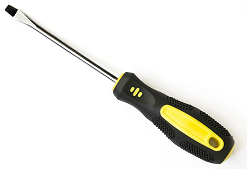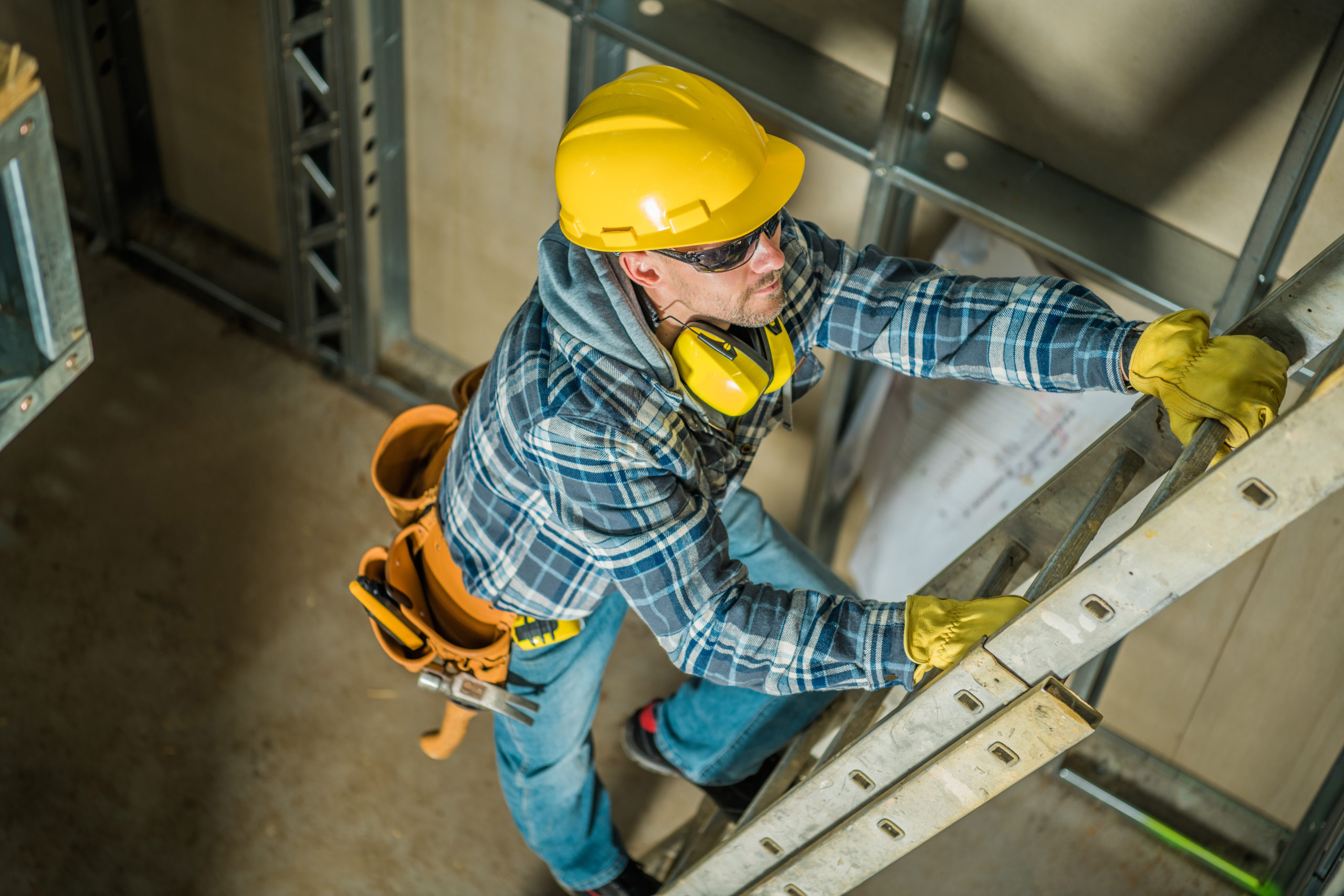Hand tools help us with many tasks and have become a part of our everyday lives. As a result, the hazards associated with hand tool use are often ignored.
Most hand tool accidents are preventable if best safety practices are followed. Protect yourself with the following basic safety practices when using hand tools, including screwdrivers. The screwdriver is one of the most commonly used and abused hand tools.
Use the right tool for the job:
- Each tool is designed to perform a specific function. It is dangerous to substitute or use an inappropriate tool.
- Use tools properly, including the proper positioning to avoid strains and sprains.
- Never use damaged tools: discard, fix or replace them immediately.
Housekeeping:
- Do not leave tools lying around where they can become a tripping hazard.
- Ensure that your tools are secured when they are not in use, so that they cannot fall off work surfaces and injure you or others.
- Do not carry chisels, screwdrivers and other pointed tools in your pockets. Use a tool belt.
- Carry all pointed tools with the tools’ pointed ends aiming downward.
- Do not throw tools, pass them handle-first.
- Keep your tools in good repair, and inspect them before each use.
- Always wear the appropriate personal protective equipment (PPE) when working with hand tools.
Ergonomic factors:
- Minimize sprains and strains by keeping your wrists straight and elbows close to the body.
- Use the comfort grips or properly fitted gloves to reduce the stress on your hands and wrists.
Ergonomic factors (continued):
- Take breaks to rest your muscles.
- Consider tool design when choosing a tool:
– Look for lightweight tools with handles that allow for a relaxed grip and enable you to keep your wrists straight.
– Choose tools that can be used with either hand.
– Select a tool that is the proper size for your hands. Tool handles should be shaped so that they contact the largest possible surface of the hand and finger.
– Avoid handles with sharp edges and corners. - Consider using power tools to reduce repetitive movements.
Safety when using screwdrivers:
- Do not use screwdrivers as punches, wedges, pinch bars or pries.
- Keep screwdrivers in good condition:
– A broken handle, bent blade or a dull or twisted tip may cause a screwdriver to slip and result in a hand injury. A sharp, square-edged bit will not slip as easily as a dull, rounded one. - Place the stock being worked on in a vise or on a flat surface and not in your hand; then,if the tool slips, there will be less chance of a hand injury.
- Match the screwdriver to the screw head.
When using a screwdriver for electrical work, ensure that the handle is insulated and that the shaft does not extend into the handle. Check out our entire list of safety training courses.

 ">
">
 ">
">